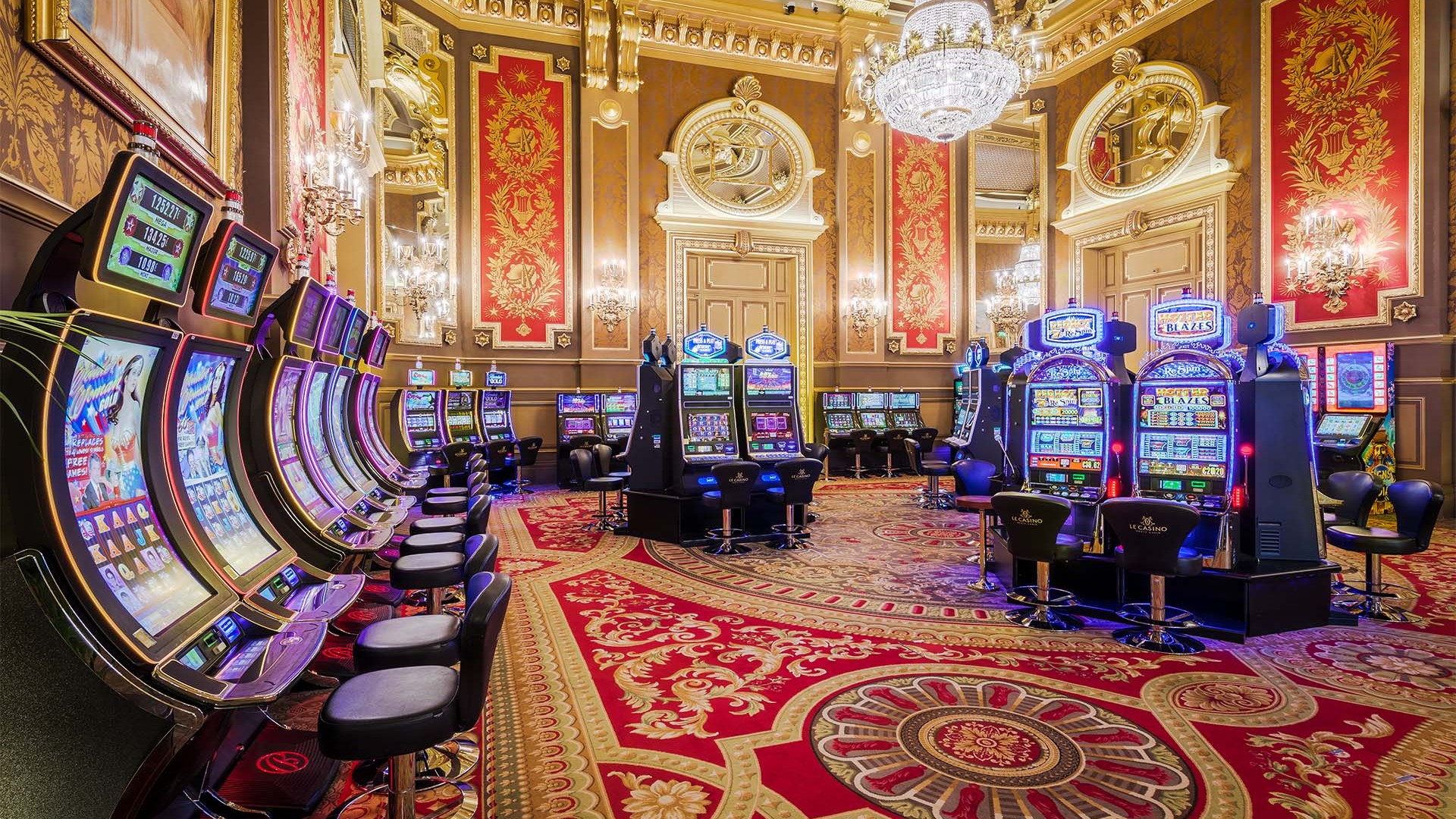
Gambling games have long captivated human interest, drawing gamblers into a realm filled with fortune, planning, and the allure of adventure. Each activity is painstakingly crafted not just for fun, but also to inspire particular emotional responses that keep players engaged and interested. Understanding the reasons behind these designs reveals much about how psychology plays a vital role in the gaming experience.
From the dazzling lights and dynamic sounds to the complex layering of rules and rewards, casino games are designed to create an atmosphere of excitement and eagerness. Game designers leverage behavioral strategies to influence gambler behavior, whether through the use of jackpots, almost wins, or community engagement. By examining these elements, we can better appreciate how casino games fulfill not just a desire for entertainment, but underlying psychological needs for adventure and risk.
Comprehending Player Behavior
Casino games are engineered with a deep grasp of player psychology, which is essential for attracting and retaining players. The excitement of the game, alongside the hope of winning, establishes a strong allure. Game designers employ elements like sonic elements, colorful graphics, and engaging gameplay to engage attention and evoke emotional responses. These sensory elements enhance the immersive experience, making players feel more attached in the game.
Another notable aspect of player behavior is the notion of risk and reward. Casino games often balance high-stakes situations with the potential for substantial rewards, which can result in the event known as near-miss effect. When players come near to winning, the brain releases dopamine, bolstering their behavior and encouraging them to persist playing in pursuit of that hard-to-reach win. This cycle of anticipation and disappointment plays a crucial role in how games are designed and marketed.
Lastly, community aspects also play a central role in player behavior at casinos. Many games are designed to be played in groups or with other players, creating a sense of community and shared experience. The interaction inherent in games like blackjack enhances enjoyment and can lead to extended gameplay. Designers capitalize on this by crafting environments that invite players to stay, interact, and come back, making the overall casino experience more appealing.
The Role of Visuals and Audio
Imagery and sound play a vital role in improving the player’s experience within casino games. Designers utilize bright colors, striking graphics, and captivating animations to grab gambler’s attention and hold their interest. The use of themes, such as adventure or luxury, helps create an enthralling atmosphere that takes players into a different world. By connecting to the senses, these elements contribute to a heightened emotional response, prompting players to interact more deeply with the games.
Sound design is just as important in reinforcing the overall experience of gambling games. MM88 The mix of background music, sound effects for winning combinations, and environmental noises creates an sound landscape that holds players fascinated. Sounds associated with wins, such as chiming bells or festive music, evoke feelings of excitement and satisfaction, encouraging players to keep playing. These audio cues are strategically placed to enhance the excitement of the game and create a more engaging experience.
Moreover, the synchronization of visuals and sound is important for supporting the game’s overall concept and mood. Each element should coordinate seamlessly to create a unified experience that pulls players in. The effective use of this integration not only improves user satisfaction but also increases the chances of return play, as players become more invested in the captivating world that the gambling games offer. This thoughtful combination of visuals and sound ultimately enhances player involvement and commitment.
Reward Systems and Engagement
The creation of gambling experiences heavily relies on reward systems to ensure participants engaged and returning for additional experiences. These structures are based in psychological principles that take advantage of human behavior and motivation. Players are often driven by the thrill of winning, which is supported by immediate responses through the game structure’s design. This prompt satisfaction not only improves the overall experience but also cultivates a feeling of achievement, prompting participants to continue playing in hopes of bigger gains.
Casinos utilize various incentive systems, such as large payouts, extra rewards, and multipliers, to engage participants. These features create a level of thrill that sustains engagement. Additionally, the randomness of outcomes plays a significant role in keeping attention. The intermittent reinforcement schedule, where wins are unpredictable but happen often enough, keeps players on edge and driven to continue participating. This cycle of anticipation and expectation is essential to the success of gambling experiences.
Moreover, community aspects, such as competitive events and collaborative options, enhance the engagement factor by leveraging the competitive nature of players. MM88 The shared experience of gaming with fellow participants can intensify the excitement of winning and create a community atmosphere within the casino. By integrating these community elements with efficient reward systems, casino games not only provide fun but also foster a stronger bond among participants, solidifying their commitment to the overall experience.